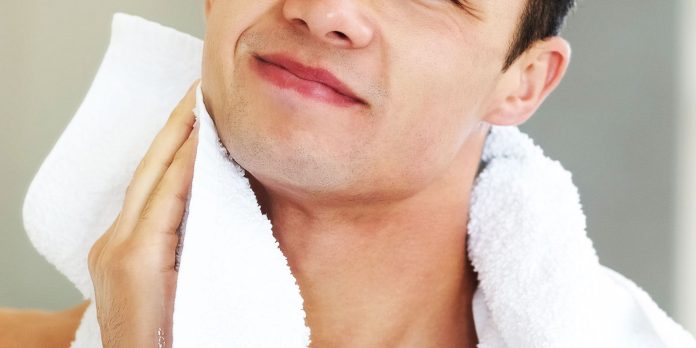Shaving the pubic area is a personal choice, but the act often comes with an unwanted side effect – red bumps or razor burn. Not only are these bumps unsightly, but they can also be itchy and uncomfortable. This article will delve deep into understanding these post-shave irritations and provide guidance on how to effectively deal with them.
1. Understanding Red Bumps After Shaving
Red bumps after shaving, commonly referred to as razor burn or folliculitis, occur when the hair follicle becomes irritated. This can be due to several reasons such as blunt razors, dry shaving, or shaving against the grain.
- Folliculitis: This is the inflammation of the hair follicles, which can result from a bacterial or fungal infection. It often manifests as small, itchy red bumps.
- Razor Burn: Caused by friction from the razor or by shaving too close, razor burn appears as a red, burning rash on the skin.
2. Preventive Measures
Before jumping into the remedies, it’s essential to understand that prevention is always better than cure.
- Exfoliate: Gently exfoliating the area before shaving can remove dead skin cells, making for a smoother shave. Mayo Clinic recommends using a mild exfoliant.
- Use a Sharp Blade: A dull blade can tug at hairs, leading to irritation. Ensure your razor blade is sharp and clean.
- Shave in the Direction of Hair Growth: Shaving against the grain can cause ingrown hairs and increase the risk of red bumps.
- Use a Shaving Gel or Cream: This provides a protective barrier and reduces friction.
3. Remedies for Red Bumps
If you’ve already got the red bumps, don’t worry. Here are some effective remedies:
- Cold Compress: Applying a cold compress can provide immediate relief from the burning sensation.
- Aloe Vera: Known for its soothing properties, aloe vera gel can be applied to the affected area to reduce redness and inflammation. According to Healthline, aloe vera has both antibacterial and anti-inflammatory properties.
- Witch Hazel: This natural astringent can help reduce inflammation and prevent infections.
- Hydrocortisone Cream: Available over-the-counter, this cream can help reduce itching and inflammation.
4. When To See A Doctor
If the red bumps are accompanied by severe pain, pus, or they don’t disappear after a week, it’s essential to consult a dermatologist. Prolonged symptoms can be an indication of a more severe skin infection.
Conclusion
Taking care of your skin, especially the sensitive pubic region, is essential. With proper preventive measures and effective remedies, one can easily handle the discomfort of post-shave red bumps. However, it’s crucial to recognize when professional medical help is needed.
FAQ
Q: Can I continue shaving if I have red bumps? A: It’s best to give your skin a break and let the irritation subside before shaving again.
Q: How often should I change my razor blade? A: Ideally, after every 5-7 shaves or sooner if you notice it becoming dull.
Q: Are there alternatives to shaving? A: Yes, alternatives include waxing, laser hair removal, and depilatory creams. However, each method comes with its pros and cons.
Q: Can I use home remedies like tea tree oil? A: Tea tree oil has antiseptic properties and can be used. However, always do a patch test first as some people might be allergic.
Khalid Irfan is a Fitness expert who enjoys spending time in gym. He also enjoys being in the outdoors and exploring new opportunities whenever they arise as well as researching new topics to expand his horizons.

